October is the month we get serious about winter. Though it starts off relatively green and warm, it ends with killing frosts and leafless trees. We had a glorious blast of color throughout the month, however; it was one of the best years in memory! Asters and mums dominated the floral landscape of this transition month.
But the crown of glory goes to the deciduous trees as they stopped production of chlorophyll and let their colors shine through. The maples and oaks were spectacular this year with just the right combination of moisture, temperature, and wind to allow for a splendid show.
Seed production and dispersal is ongoing in its quiet and less showy manner. The lollipop balls of purple allium dry and rattle in the wind, and the tiny, black seeds dislodge and fall to the ground.
The winged seeds of the Amur maple hang clustered together among the fiery leaves and remain for a while longer after the leaves fall.
The white, delicate Queen Anne’s Lace flower closes as it dries and each seed is encased in a stickery covering, ready to hitch a ride on the fur of a passing animal.
The seedhead of Queen of the Prairie turns a rosy red before drying and flaking off the paper-thin seedpods.
The reproductive process of the fern starts with the production of spores instead of seeds. Dotted casings full of spores can be seen on the underside of the leaf.
The animals also prepare for winter. This pair of spring fawns, now without their mother, filled their bellies with apples that had fallen from the tree.
For the squirrels, it was a bad acorn year, so they are happy to try out the new bird feeder.
The turkeys also discovered the birdseed that had fallen from a feeder in the front yard.
October means leaf raking, tree watering, and perennial pruning. The potatoes and carrots are dug, the apples are picked and the apple butter made. Bird houses are put away and the feeders are hung up. Small evergreens are wrapped in burlap. Tree guards are put on small trunks. Clay pots of spent annuals are cleaned out and put in the shed. Pots of oak seedlings are covered with straw. There’s still more to be done.
The reason we do so much work each October is two-fold. First off, you don’t mess with Old Man Winter in Central Minnesota. There are no guarantees that the extreme temperatures and drying winds won’t kill the trees and perennials that we have planted, so we help the best way we can. Ironically, the snow cover is beneficial for the plants, but makes life harder for the wild animals to find food. They need to be prepared by storing fat and having a sheltered place to live. Secondly, much of what we do is because of stewardship. We appreciate and love the natural world and believe it is our responsibility to care for our small piece of it. So as Nature has given us a spectacular show of Fall color, as the seeds for next year’s plants have been dispersed, and as the animals prepare for their cold, harsh season, we work hard to protect, prepare, and care for the creation around us. After all, it’s what we all do for the things in life we love.
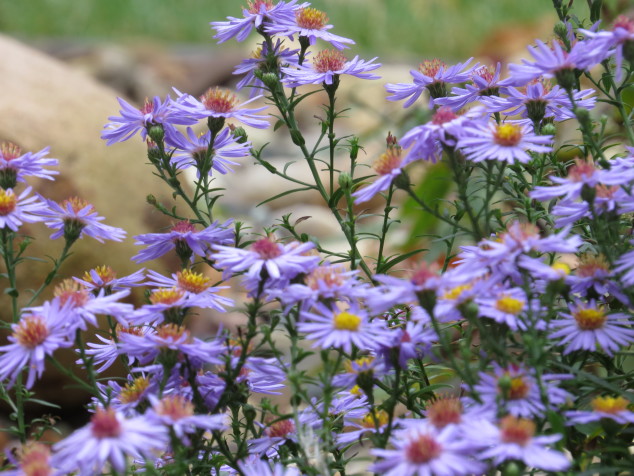
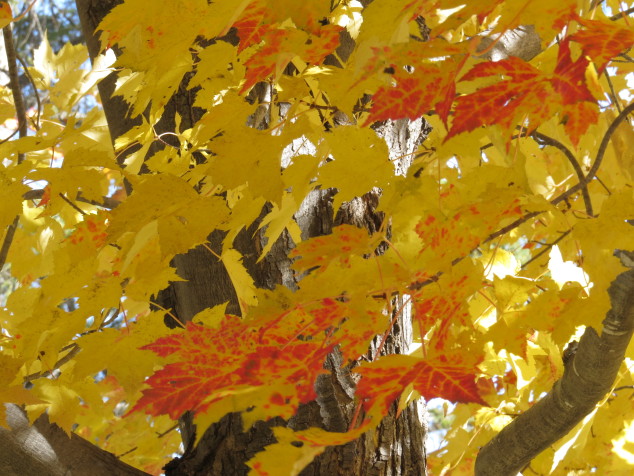
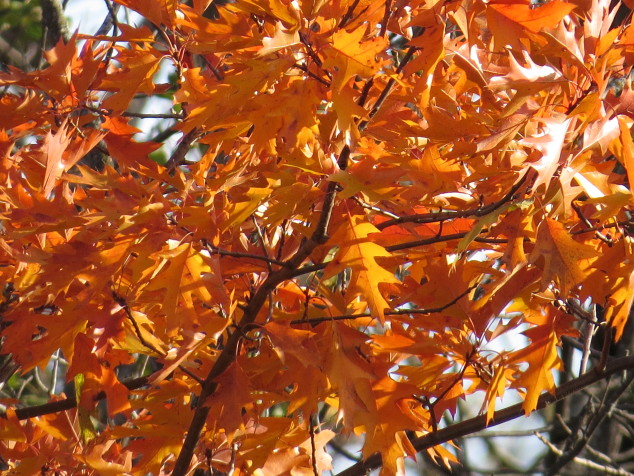
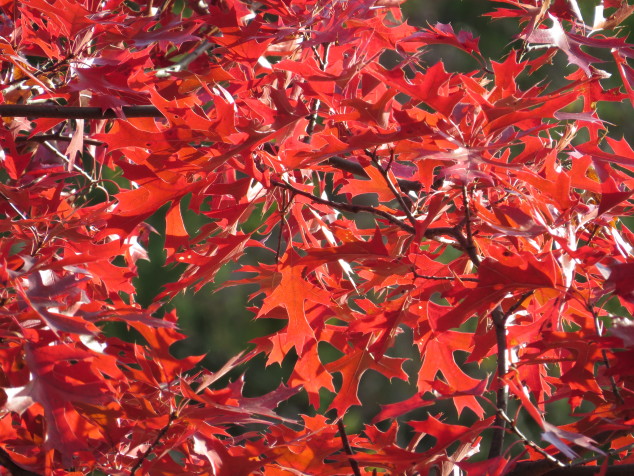
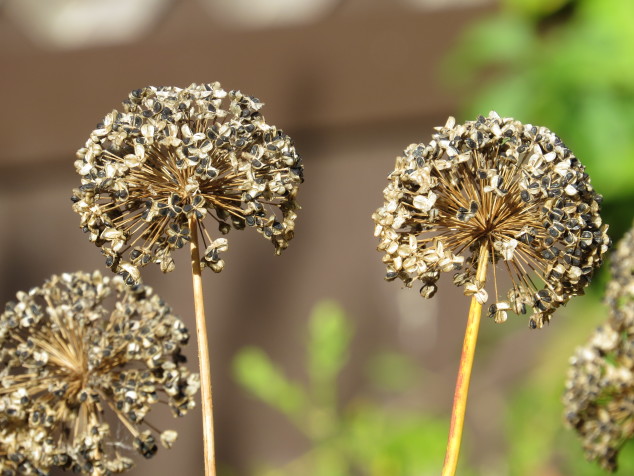
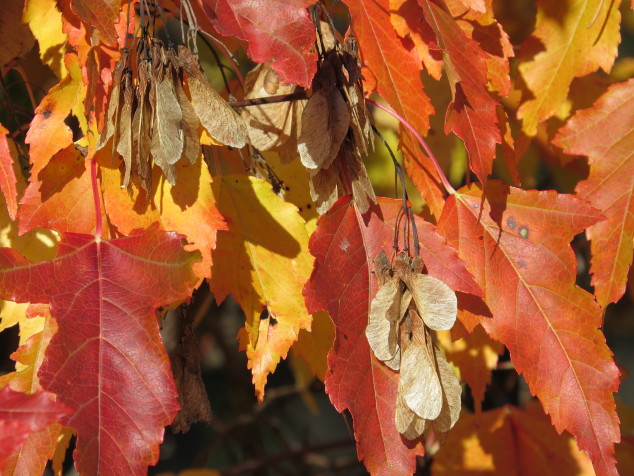
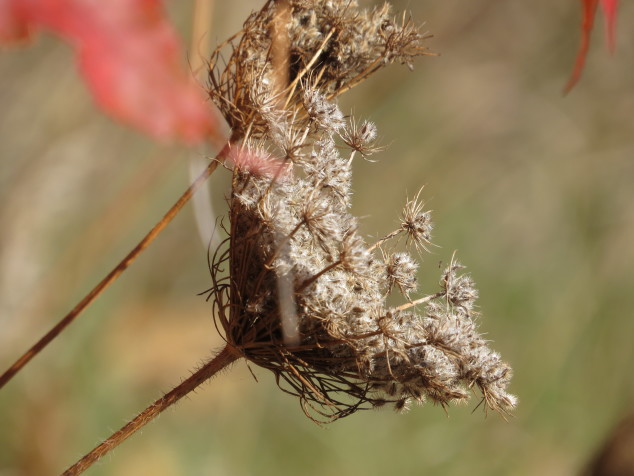
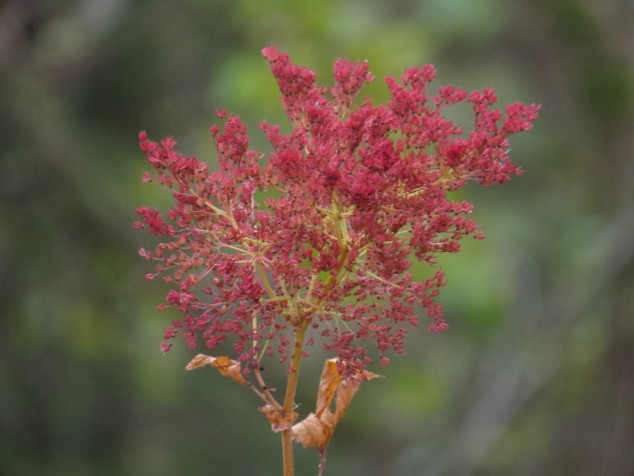
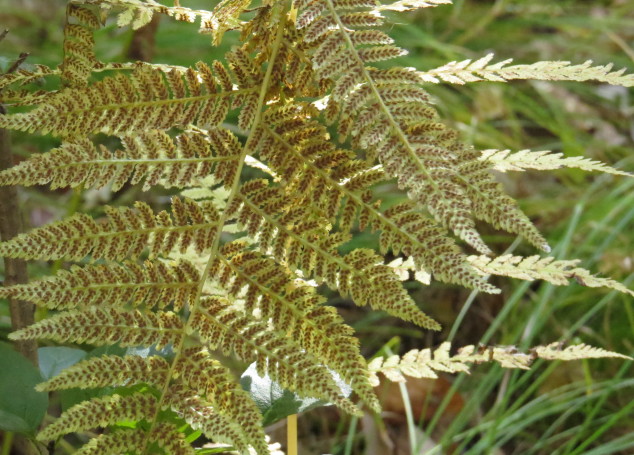
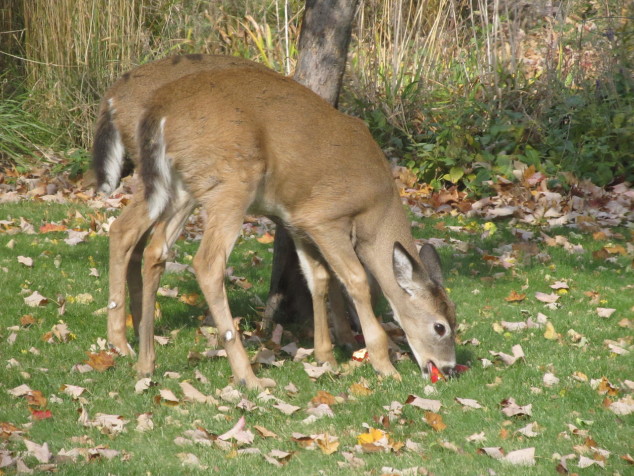
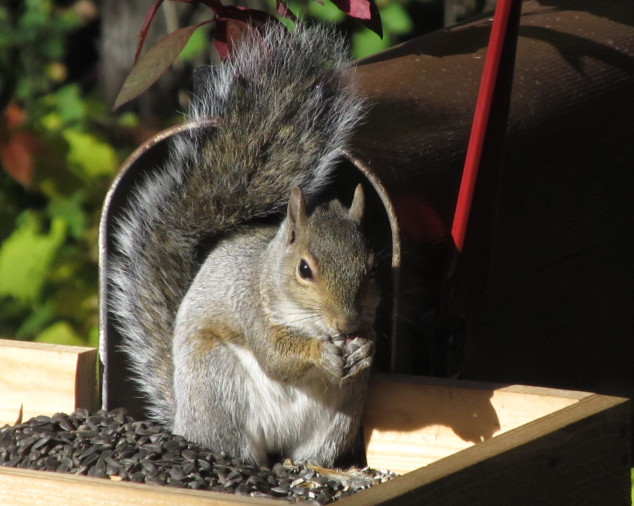
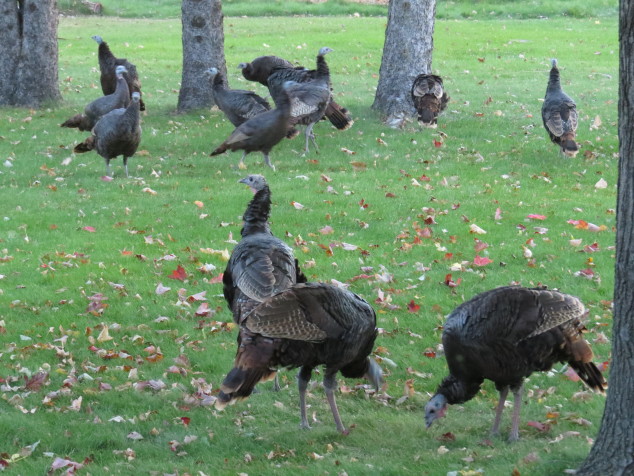
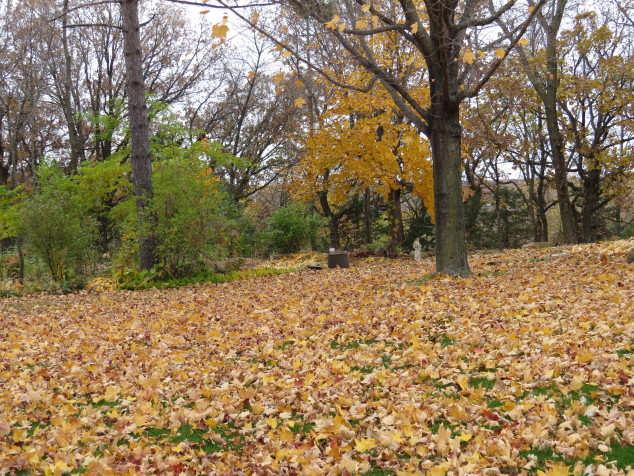
Leave a Reply